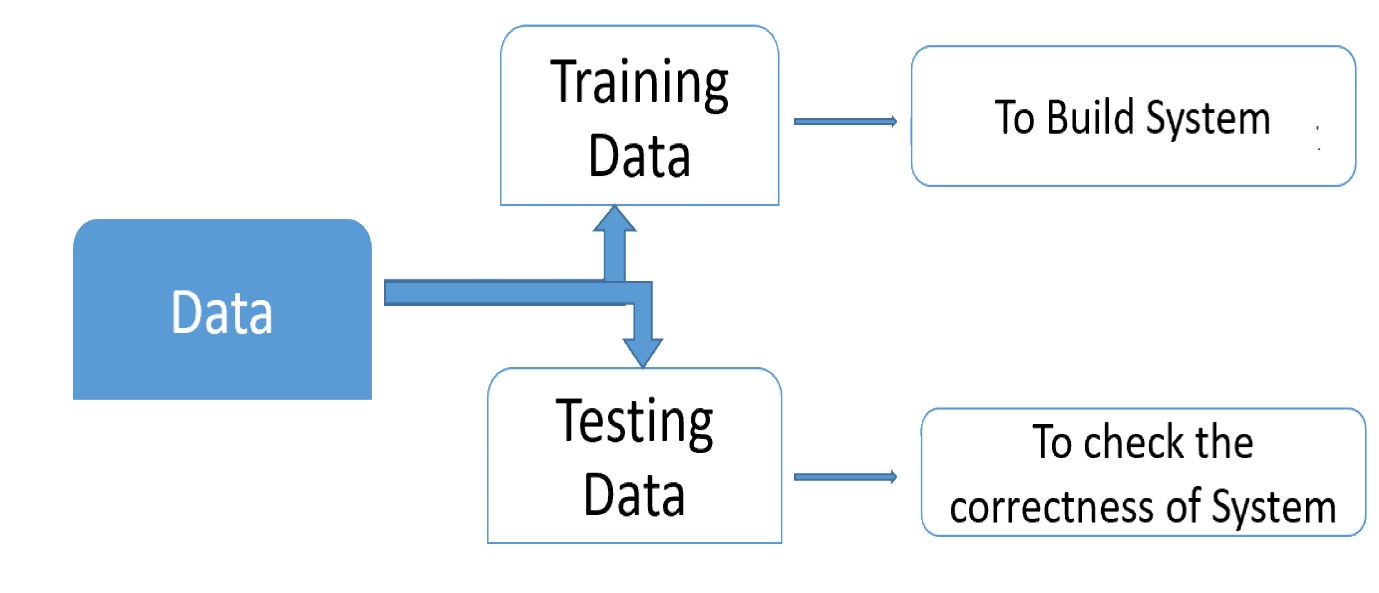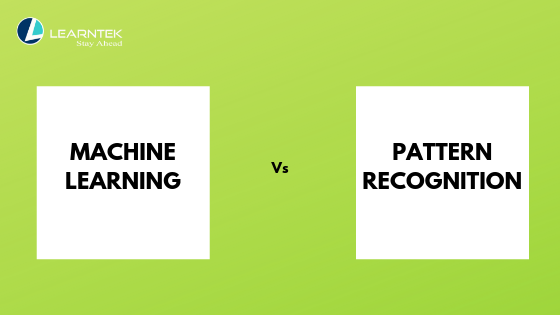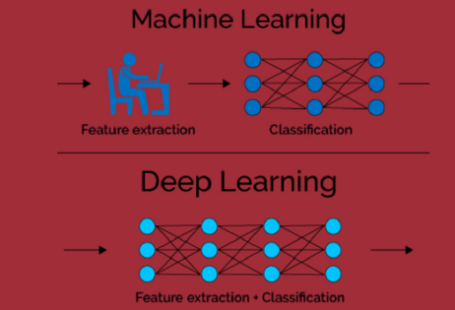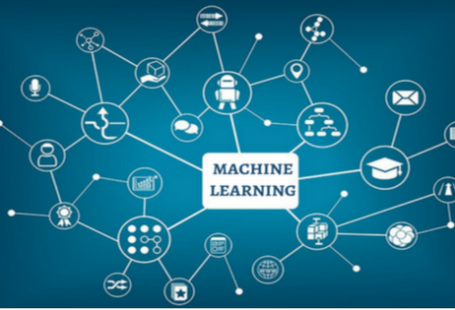Machine Learning and Pattern Recognition
Machine Learning and Pattern Recognition : In a very simple language, Pattern Recognition is a type of problem while Machine Learning is a type of solution. Pattern recognition is closely related to artificial intelligence and machine learning. Pattern Recognition is an engineering application of Machine Learning. Machine learning deals with the construction and study of systems that can learn from data, rather than follow only explicitly programmed instructions whereas Pattern recognition is the recognition of patterns and regularities in data.
- Machine Learning :
The goal of Machine Learning is never to make ‘perfect’ guesses, because Machine Learning deals in domains where there is no such thing. The goal is to make guesses that are good enough to be useful. Machine learning is a method of data analysis that automates analytical model building. Machine learning is a field that uses algorithms to learn from data and make predictions. A machine learning algorithm then takes these examples and produces a program that does the job. Machine Learning builds heavily on statistics. For example, when we train our machine to learn, we have to give it a statistically significant random sample as training data. If the training set is not random, we run the risk of the machine learning patterns that aren’t actually there.
- Pattern Recognition:
Pattern recognition is the process of recognizing patterns by using machine learning algorithm. Pattern recognition can be defined as the classification of data based on knowledge already gained or on statistical information extracted from patterns and/or their representation. Pattern recognition is the ability to detect arrangements of characteristics or data that yield information about a given system or data set. Predictive analytics in data science work can make use of pattern recognition algorithms to isolate statistically probable movements of time series data into the future. In a technological context, a pattern might be recurring sequences of data over time that can be used to predict trends, particular configurations of features in images that identify objects, frequent combinations of words and phrases for natural language processing (NLP), or particular clusters of behaviour on a network that could indicate an attack — among almost endless other possibilities. In IT, pattern recognition is a branch of machine learning that emphasizes the recognition of data patterns or data regularities in a given scenario. Pattern recognition involves classification and cluster of patterns.
- Features of Pattern Recognition:
- Pattern recognition completely rely on data and derives any outcome or model from data itself
- Pattern recognition system should recognise familiar pattern quickly and accurate
- Recognize and classify unfamiliar objects very quickly
- Accurately recognize shapes and objects from different angles
- Identify patterns and objects even when partly hidden
- Recognise patterns quickly with ease, and with automaticity
- Pattern recognition always learn from data
- Training and Learning Model in Pattern Recognition:
Training and Learning is the building block model of Pattern Recognition. Learning is a phenomena through which a system gets trained and becomes adaptable to give result in an accurate manner. Learning is the most important phase as how well the system performs on the data provided to the system depends on which algorithms used on the data.
The model need to undergo from two phases and dataset is divided into two categories, one which is used in training the model and called as Training set and the other is used in testing the model after training called as Testing set.

4.1 Training set:
Training set is used to build a model. It consists of the set of images which are used to train the system. Training rules and algorithms used give relevant information on how to associate input data with output decision. The system is trained by applying these algorithms on the dataset, all the relevant information is extracted from the data and results are obtained. Generally, 80-85% of the data of the dataset is taken for training data.
4.2 Testing set:
Testing data is used to test the system. It is the set of data which is used to verify whether the system is producing the correct output after being trained or not. Generally, 20% of the data of the dataset is used for testing. Testing data is used to measure the accuracy of the system.
- Applications of Pattern recognition:
Computer vision: Pattern recognition is used to extract meaningful features from given image/video samples and is used in computer vision for various applications like biological and biomedical imaging.
Image processing, segmentation and analysis: Pattern recognition is used to give human recognition intelligence to machine which is required in image processing.
Pattern recognition is used in Terrorist Detection Credit Fraud Detection Credit Applications
Finger print identification: The fingerprint recognition technique is a dominant technology in the biometric market. A number of recognition methods have been used to perform fingerprint matching out of which pattern recognition approaches is widely used.
Seismic analysis: Pattern recognition approach is used for the discovery, imaging and interpretation of temporal patterns in seismic array recordings. Statistical pattern recognition is implemented and used in different types of seismic analysis models.
Radar signal analysis: Pattern recognition and Signal processing methods are used in various applications of radar signal classifications like AP mine detection and identification.
Speech recognition: The greatest success in speech recognition has been obtained using pattern recognition paradigms. It is used in various algorithms of speech recognition which tries to avoid the problems of using a phoneme level of description and treats larger units such as words as pattern.
- Advantages of Pattern Recognition:
- Pattern recognition can interpret DNA Sequences
- Pattern recognition has extensive application in astronomy, medicine, robotics, and remote sensing by satellites
- Pattern recognition solves classification problems
- Pattern recognition solves the problem of fake bio metric detection
- It is useful for cloth pattern recognition for visually impaired blind people
- We can recognise particular object from different angle
- Pattern recognition helps in forensic Lab
-
- Difference Between Machine Learning and Pattern Recognition:
- Difference Between Machine Learning and Pattern Recognition:
Differences Between Machine Learning and Pattern Recognition:
| Machine Learning | Pattern Recognition |
|---|---|
| Machine learning is a method of data analysis that automates analytical model building. | Pattern recognition is the engineering application of various algorithms for the purpose of recognition of patterns in data. |
| Machine Learning is more on the practical side | Pattern recognition is more on the theoretical side |
| It can be a solution of real time problem | It can be a real time problem |
| We need machines / computers to apply Machine Learning algorithms. | Pattern Recognition may be outside the machine |
Machine Learning and Pattern Recognition Related Blogs :






